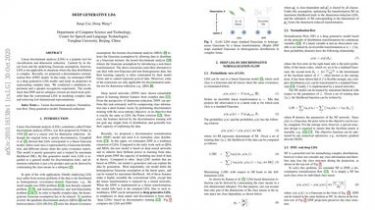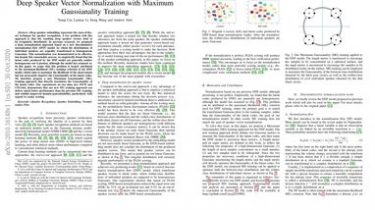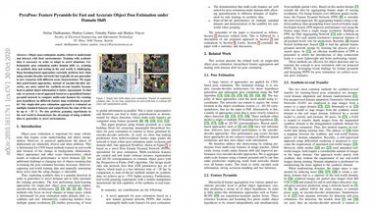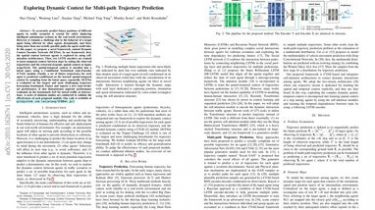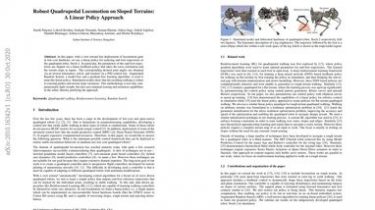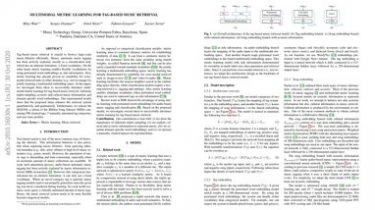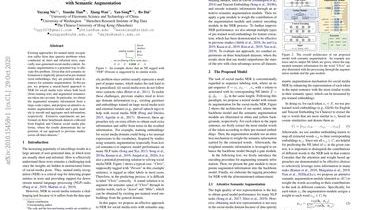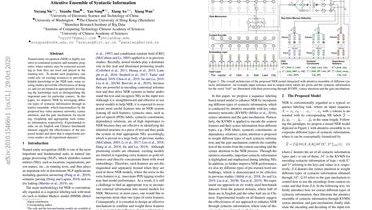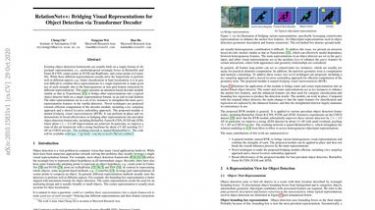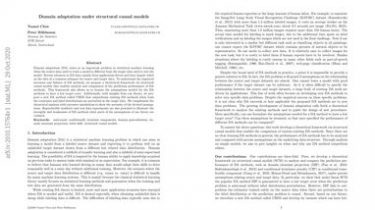Deep generative LDA
Linear discriminant analysis (LDA) is a popular tool for classification and dimension reduction. Limited by its linear form and the underlying Gaussian assumption, however, LDA is not applicable in situations where the data distribution is complex… Recently, we proposed a discriminative normalization flow (DNF) model. In this study, we reinterpret DNF as a deep generative LDA model, and study its properties in representing complex data. We conducted a simulation experiment and a speaker recognition experiment. The results show that DNF […]
Read more